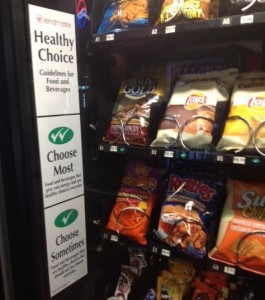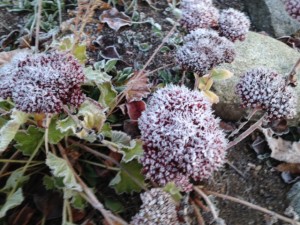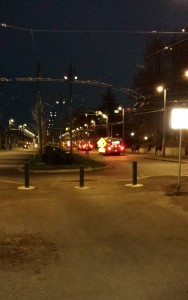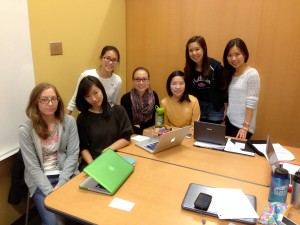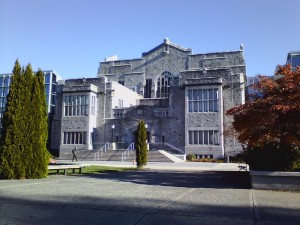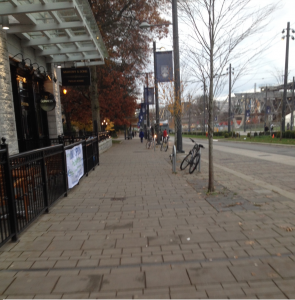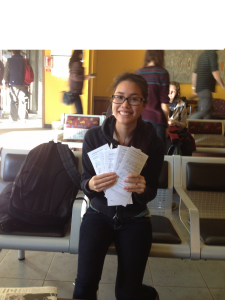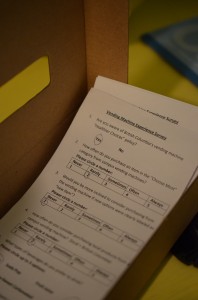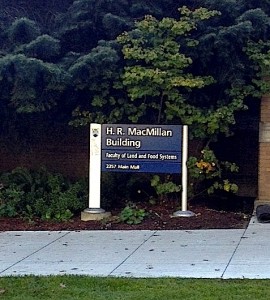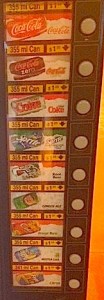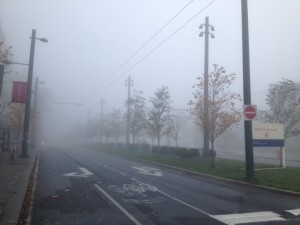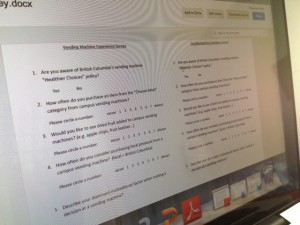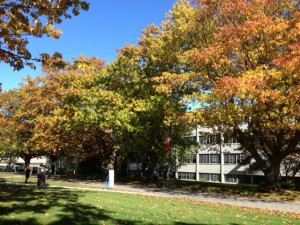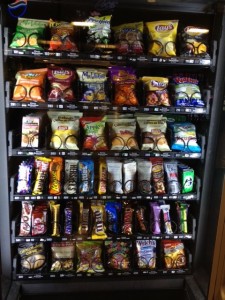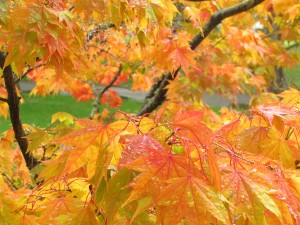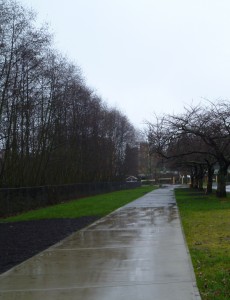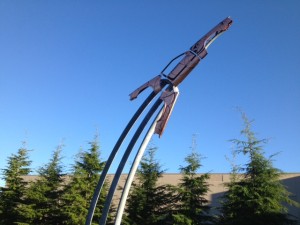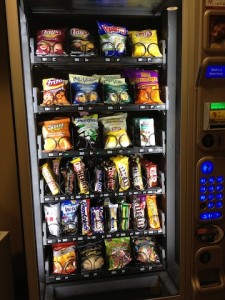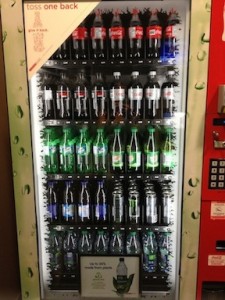The final week of the term has been extremely busy with final lab exams and group projects for our team.
Plenary Presentation
We finished our plenary presentation last Wednesday and we were very pleased with how smoothly it went. Both Judy and Alex presented our research project and did a great job. We were delighted to be able to listen to all the projects that were offered in LFS 350. They all seemed interesting and being able to get a glimpse of each project was a great way to broaden our scope of the class. After our presentation, some interesting questions were posed. One in particular stayed with us: what foods are you planning on adding into the UBC vending machines? This question was one of the reasons we chose to do this research project, but unfortunately, we had no time to implement any new healthier snacks into the vending machines. Hopefully this will be a job for next year’s LFS 350 class. We will be looking throughout campus next year to see any changes that are made. Overall, we were happy with our presentation and hopefully our LFS 350 class learned a little more about the healthier choices provided in UBC vending machines.
Progress and Challenges on the Final Research Paper
Our group has made slow but ongoing progress on our research paper. Each group member has been officially assigned to work on a specific section of the paper. We are all working on it now, trying to finish each section by our presentation date on Wednesday, November 27. We feel somewhat prepared, however much still needs to be covered. We are planning on meeting up right before the beginning of our class to rehearse. We hope to see both Victoria and Liska at our presentation because the research was conducted primarily for them and we would really like to see what they can take from our research findings.
Final Findings
Overall, comparing our audit to that of the previous LFS group’s, it shows that the “Healthier Choices” policy is being adhered to less for the Gage Residence snack vending machine, which now contains a higher percent of unhealthy options than it did previously. The SUB snack vending machines now includes more “Choose Most” options, but fewer “Choose Sometimes” and “Choose Least” items, and more “Not Recommended” items than it did before it was following the GSVM. This means, that since implementing the GSVM, and thus using Healthier Choices as a loose guideline for stocking the snack vending machines, the selection of “Not Recommended” options has increased. According to our survey and the top 3 preferred beverages, individuals are interested in seeing healthier options in campus vending machines, which is in line with policy recommendations that there should be at least 50% of offerings in the “Choose Most” category. The analysis of our data showed a general trend that the Gage Snack Vending Model was unsuccessful.
Reflection
This brings us back to the concept of food insecurity. The vending machines do not promote food security because of inadequate nutritional information as well as high prices for healthier food. Our group believes that a big reason why the model is unsuccessful is because there is improper and insufficient labelling on the vending machine to give users enough information regarding the food’s nutritional content. Most users of vending machines do not have time to read this information, therefore we think that an issue with this form of food insecurity is the lack of education. The Healthier Choices policy was not put into effect until 2006. Since food-related education is usually taught in elementary school, we would expect to not see this change in attitude at UBC towards food security until they start university. During our audit, we also noticed that healthier options cost more on average than unhealthy choices ($3.75 for a granola bar vs. $1.75 for a chocolate bar). Since most students live on minimal budgets, access to healthier foods becomes difficult. The group believes that to improve food security on campus, better labelling, identification, and lower prices of healthier foods, and a greater proportion of healthier food options are required.
Recommendation
Wakefield and Richer envision seeing more than 50% of snacks that are part of the Healthier Choice Policy in UBC vending machines in the future. However, around half of the surveyed participants are unaware of the “Healthier Choices policy”. To promote healthy local products to consumers, we suggest that UBCFS use brightly coloured signs such as “Gluten-free” and “New” to promote the healthy products. Nutrition facts of the healthy snacks can be placed on or near the vending machines where consumers will have an increased awareness of the nutritious snack items offered.
Another recommendation would be to lower the cost of healthy snack items. Based on the survey results, 32% of participants indicated cost as a motivational factor to purchase snacks from vending machines. UBC consumers are more likely to purchase chocolate bars for $1.75 instead of healthy snacks for $3.75. We also would like to suggest that Healthier Choices be relocated up to eye-level to promote the consumption.
Our recommendation for future generations of LFS 350 CBEL project is to be able to suggest taste testing to our vendors based on our survey findings. Suggestions for beverages include fruit juice, unsweetened cold tea, and milk; as for snack suggestions, healthy fruit snacks, energy/protein bars, granola/cereal bars seem to be welcomed. Therefore, the proportion of these already existing food products supplied by Coca-Cola and Vendmaster should be increased as they provide relatively more nutrition.
Group Message
We hope that you have enjoyed our journey as much as we have with finding whether or not the Gage Snack Vending Model has improved since April of 2012. We would like to thank everyone involved in the research project, including all the members of the group, our community partner Victoria, project manager Liska, our TA Lorne, the survey participants, and of course everyone involved in LFS 350. Although our group has not seen an improvement in the Gage Snack Vending Model, we are optimistic that next years LFS 350 group will find a way to change this conclusion.
This will be our last post for this course. We wish you luck on all your exams, and enjoy the winter break with family and friends.
Thank you,
Group 26

